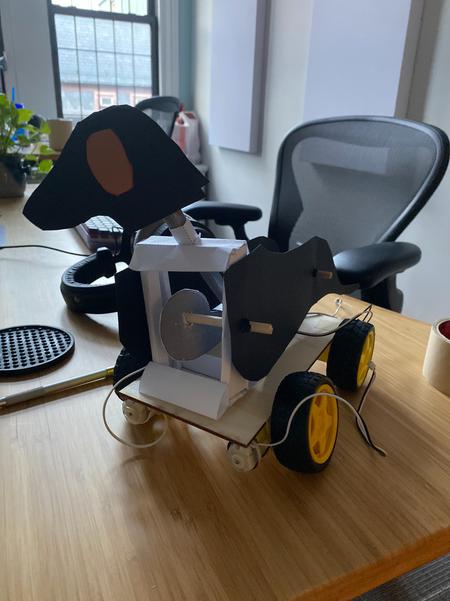Academic
•
25th May 2022
You are Not Alone: An Exploration in Familial Grief Processing
Death. It surrounds us, permeates everything we do in our lives in some way or another. Despite our propensity to avoid the topic, COVID-19 has shown how mortal we truly are. Globally, 6.2 million people have passed due to this virus. This has left, in the US alone, thousands of children grieving the loss of a close family member or primary caregiver (Wroth 2021). Grief is not simple. It takes time to fully experience and grow from a loss of a loved one. As such, this course is designed with that in mind—helping children, through the media selected, help them feel better about having to say goodbye to someone they held so dear. This curriculum will examine the unique experience of an elementary-school aged child grieving (particularly between the ages of 7-10), as well as research within the field up to this point, before discussing the specific artifacts this course proposes be used as a means of aiding children through this turbulent emotional time.
![]()












